And so, it is Christmas…
As you may know, Biltema is a company with stores in the Nordic countries, and we would like to share some of our traditions of how we celebrate Christmas. So come along, and get inspired when our colleagues in Norway, Sweden, Denmark, and Finland tell their story about their magical Christmas celebrations.
Celebration of Christmas in Norway
The Norwegian Christmas celebrations are based on Christian traditions, with elements from Norse midwinter celebrations and Jewish Hannukah. And new traditions are constantly emerging. The time for Christmas preparations usually starts in November.
The streets and shops are decorated with Christmas lights and most people also start to decorate their houses and homes. Many also seek out Christmas markets, buy Christmas presents and candy which is typical for the season. Some also still have traditions for baking the “famous” 7 types of Christmas cakes.
Little Christmas Eve, December 23rd
Many families have their own traditions this evening, such as decorating the Christmas tree and making gingerbread houses, and many tend to eat rice porridge with sugar, cinnamon and butter melting in the center. We hide an almond in the porridge, and whoever finds the almond in their portion wins a marzipan pig!
If there is porridge left over, you can make rice cream - served with red sauce, as this is a common dessert after the Christmas dinner. On the countryside, kids often put out a bowl of porridge for Santa as well.
Christmas Eve, December 24th
Christmas Eve is the highlight of Norwegian Christmas celebrations. Especially for those with children, Christmas Eve starts in the morning with traditional Christmas programs and cartoons on TV. Many people go to the cemetery to attend Christmas ceremonies or to light candles in memory of the dead. The church bells rings in Christmas at 5 p.m, and most people eat Christmas dinner at home or with relatives.
The most common Christmas dinner is pork ribs, but lutefisk, skewered meat, boiled cod, roast ham and turkey are also common dishes. The Christmas presents are placed under the Christmas tree the night before and are unwrapped in the evening. Naturally, not everyone in Norway celebrates Christmas, but the vast majority follow these traditions to a greater or lesser extent. Many people with an immigrant background also celebrate Christmas in their own way, with elements of the Norwegian Christmas celebration.
“Romjul”, December 25-30th
The days between Christmas Eve and New Year's Eve are often used for family gatherings and parties. In the days after Christmas Eve, many people go out to town and there is more life in the city center. From 27th of December, the shops are open, and many people rush to exchange Christmas presents that didn´t fit or they did not like. This is also a great time for families to spend time together, and do winter activities such as skiing, sleigh rides or even making a funny snowman.
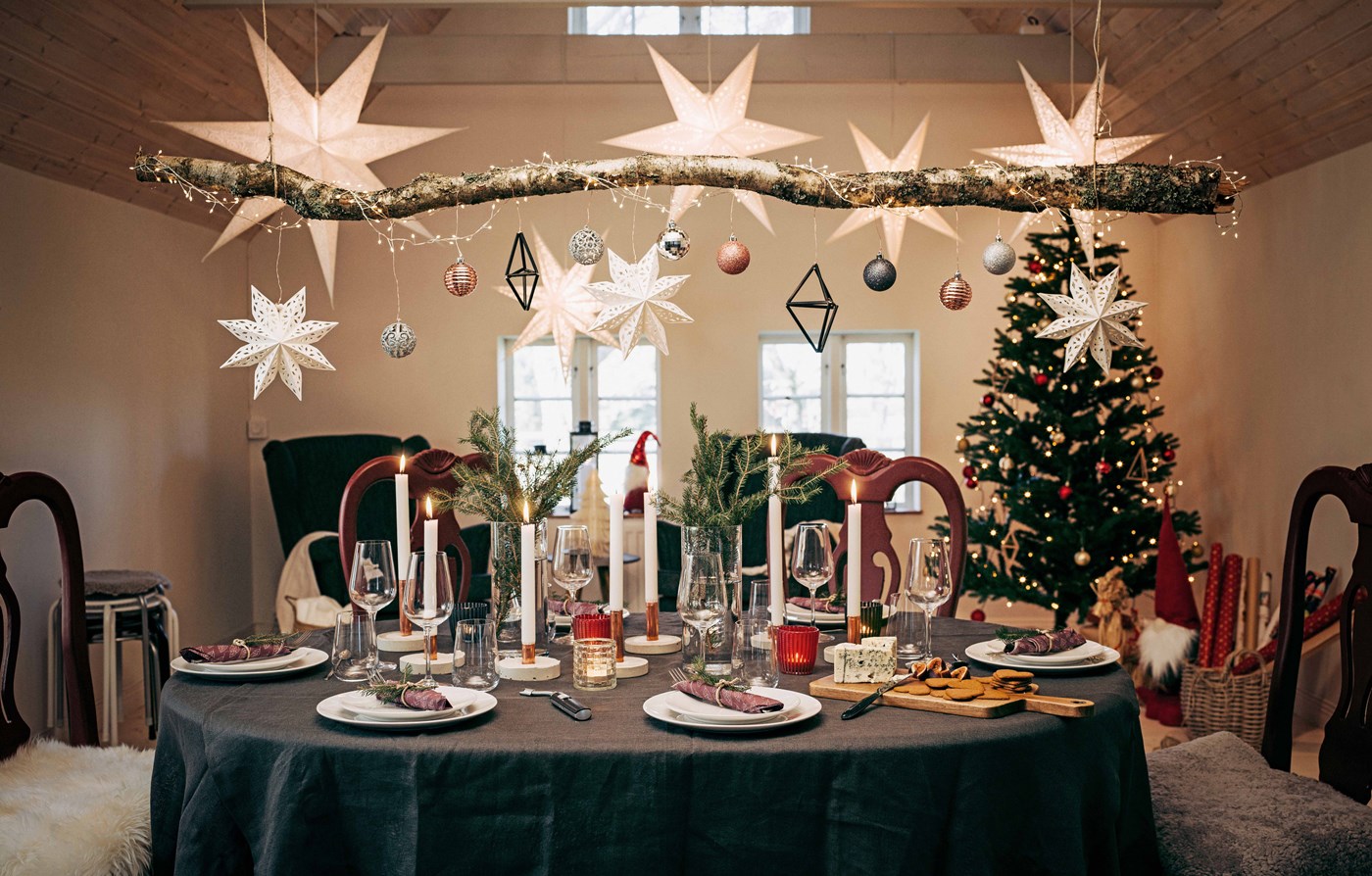

Celebration of Christmas in Sweden
The Christmas presents are under the Christmas tree, the candles are lit and the Christmas table is set. A great feast prepared with classic dishes has arrived, it's time to celebrate Christmas!
Swedish Christmas food
Christmas ham, pork sausage, eggs, Jansson's temptation, beetroot salad, oven-baked ribs, herb bread, potatoes and meatballs. These are delicacies that you will find on the Swedish Christmas table.
First, the ham is usually cooked and then brushed with a mixture of eggs, breadcrumbs and mustard, to achieve the perfect taste.
The eggs can be split in half and given a dollop of mayonnaise, some caviar and shrimp on top gives the egg a perfect taste.
Jansson's temptation is a creamy potato and anchovy stew. The recipe was first presented in 1940 and this hearty stew quickly became a classic on the Swedish Christmas table.
Meatballs are a favorite on the Christmas table with their simple, but incredibly tasty recipe. The meatball mince is a mixture of pork and beef mince that is seasoned with salt and pepper.
When everyone has eaten their fill of the Christmas food, Santa Claus comes to wish the assembled a Merry Christmas and distribute the Christmas presents.

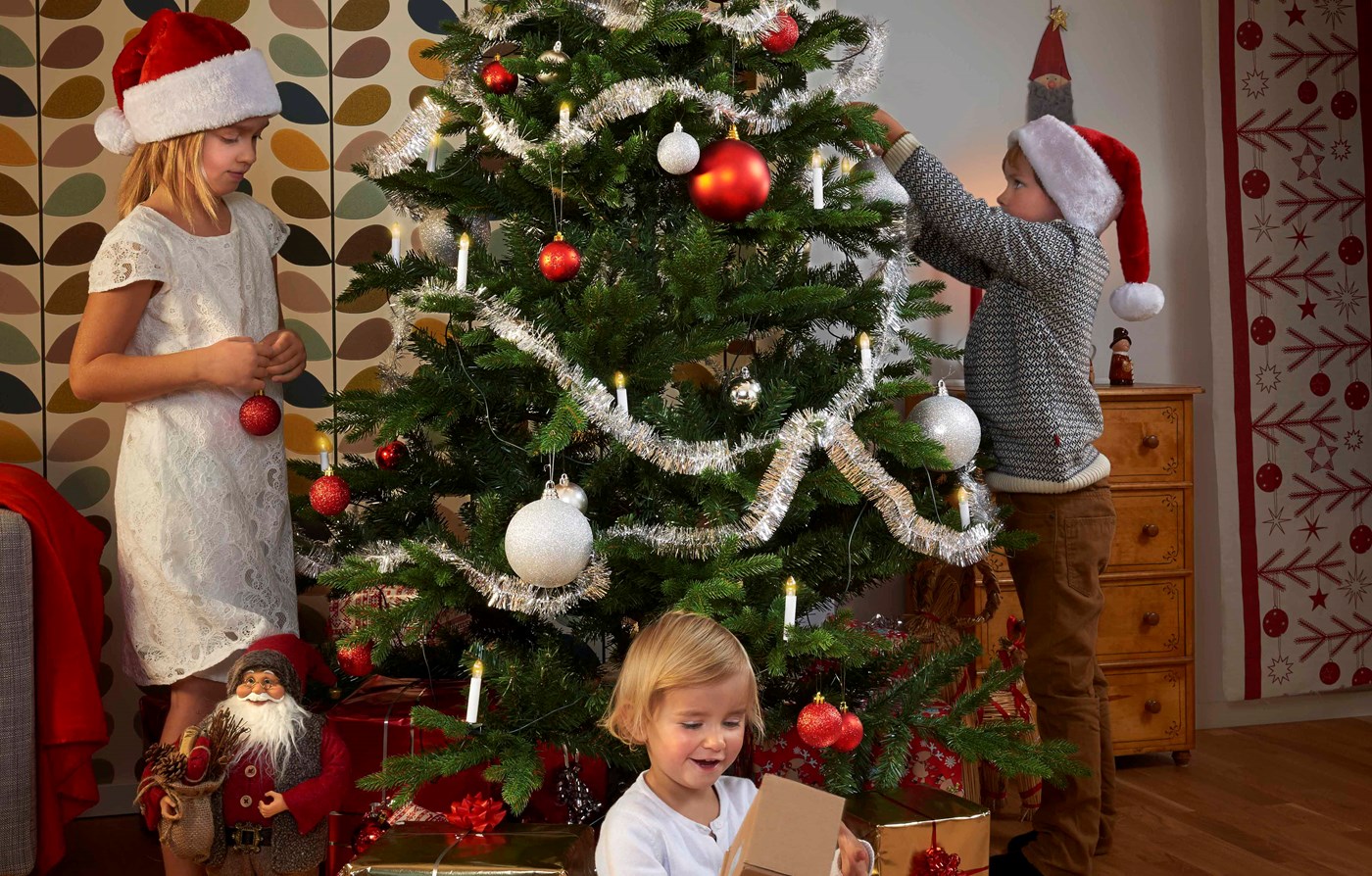
Christmas celebration and traditions in Denmark
Without risk of offending anyone, the scents of a classic Christmas dinner in Denmark are a quick way back to childhood and lovely Christmas memories with family and friends.
The Danes love "Hygge" and the food at Christmas time is a very important part of the Christmas atmosphere. "It smells like the sauce that mother used to make" right?
Christmas food in Denmark
Traditions at the Christmas table are really enforced as traditions in most homes. But fortunately, the time for development does not stand still in Denmark, and several alternative Christmas dinners are popping up all around. New traditions are created. Fortunately, you choose how you celebrate Christmas. More climate-friendly alternatives are being invented, for the Christmas dinner, which could be nut pie, Christmas pie or mushroom nut roast, or some exciting salads as a side dish.
For many people in Denmark, the Christmas dinner is still associated with roast duck and possibly roast pork as a main course, browned potatoes, gravy, red cabbage and “risalamande” with cherry sauce or rice porridge as the basic base of the meal. Turkey and goose are also eaten, but not as much as the first-mentioned alternatives.
What is…?
“Risalamande” with the French-sounding name is a Danish tradition, but the almond gift competition that we also fight each other for in Denmark is a French idea.
Games and gatherings
Either before or after the Christmas dinner, there is also a tradition of playing "pack game" at the dining table and "Find the almond" in either the “risalamande” or the rice porridge after dinner. If you get the almond, you win an almond gift, which can be anything from the classic marzipan pig to a scratch card.
On the first and second days of Christmas, the family also meets for Christmas lunches, where the dishes are often many and mainly as a cold table. E.g., a Danish classic, long green cabbage and what goes with it. Especially at this time, there is extra focus on utilizing raw materials due to rising prices, there will most likely be leftovers from Christmas Eve served during the Christmas days - so nothing is thrown away.
In essence, the Christmas dinner contributes to and triggers the recognizable, safe and the feelings that have been stuck inside you since childhood.
It is also part of the whole month of December to enjoy Christmas with sweets and baked goods, which is preferably something that you make together, in the kitchen as a family.
When Christmas is over, it may be that January offers a membership card to the gym when you have eaten a little too much - who knows?

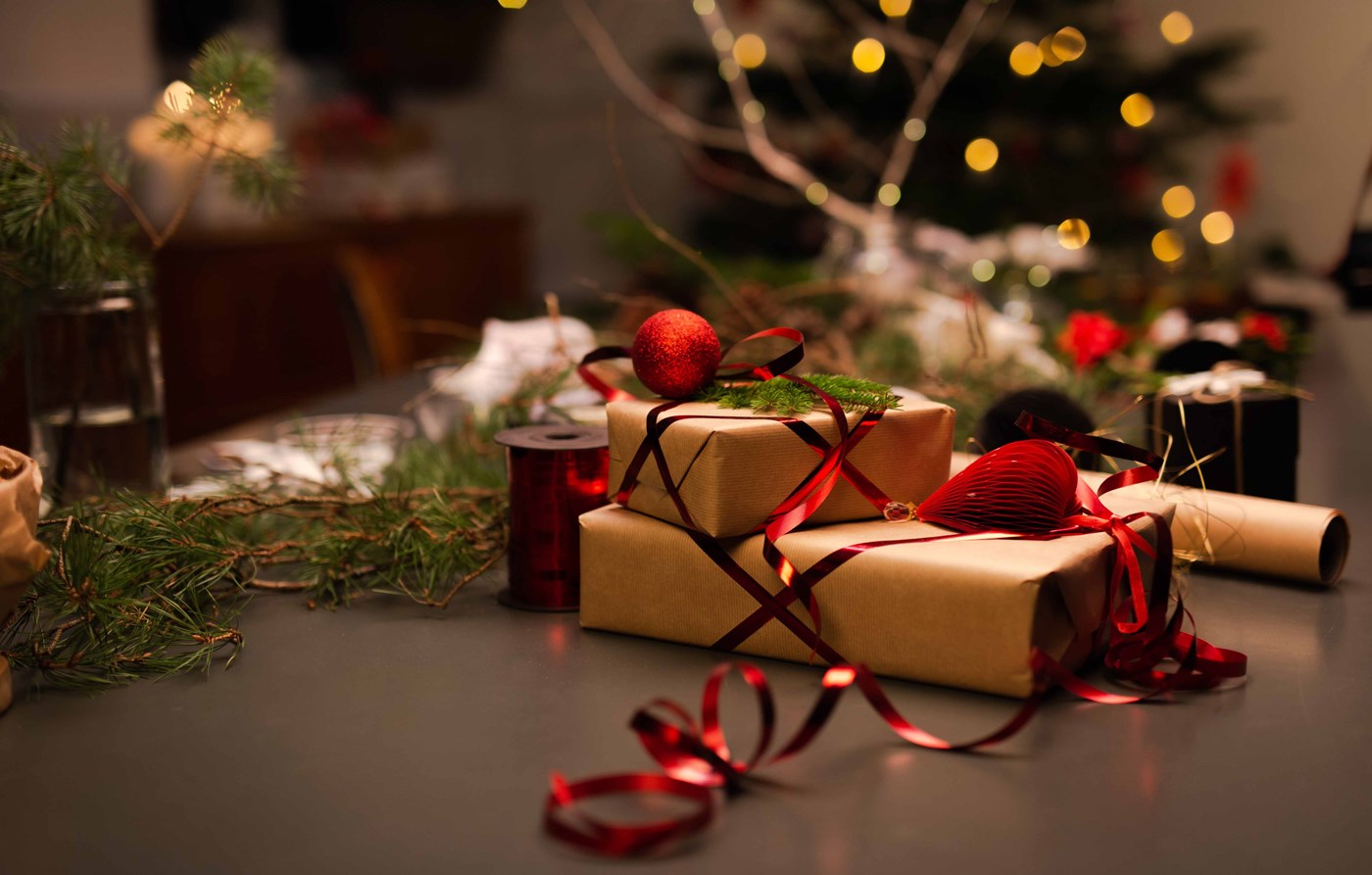
Celebration of Christmas in Finland
In Finland, Christmas dinner is devoured on Christmas Eve, December 24th. Families and friends gather to share the warm, festive atmosphere of the evening and enjoy various traditional Christmas dishes.
Finnish Christmas dishes date all the way back to the 18th century, when for many people Christmas Eve was the one day in the year when you could eat excessively. Back then it was traditional to leave the leftovers on the table during the night, so the house elf could enjoy a nice meal too.
Christmas Eve
A traditional Christmas Eve morning starts with rice porridge for breakfast. An almond is then thrown into the porridge pot, which is believed to bring good luck and success to its finder for the upcoming year.
Moving on to the main course, perhaps the most essential dish is an oven baked ham, traditionally coated with breadcrumbs, rye flour, or mustard and broiled until nice and brown. Other strong contenders are different kinds of root vegetable casseroles, smoked salmon, and pickled herrings.
There are also local differences between different parts of Finland when it comes to traditional Christmas dishes. In some parts of Finland, a Christmas table can also include a liver casserole, made from ground liver, rice, onions, raisins, and spices. In Eastern Finland, a traditional meat stew called Karelian stew is an important part of Christmas dinner. The dish originates from the region of Karelia and the most traditional recipe contains only meat – usually pork and/or beef, sometimes also lamb –, water, salt, and black pepper. Some people like to add some onions and carrots in the stew, as well.
Lutefisk – A historic Christmas delicacy
The most historic delicacy on the Christmas table is lutefisk, a dried whitefish that is cured in lye that dates all the way back to the Middle Ages. A not so common sight on a Christmas table tough due to its pungent aroma. Lutefisk is something you must acquire a taste for, and it seems like this traditional dish is slowly fading away from people’s hearths due to the fact.
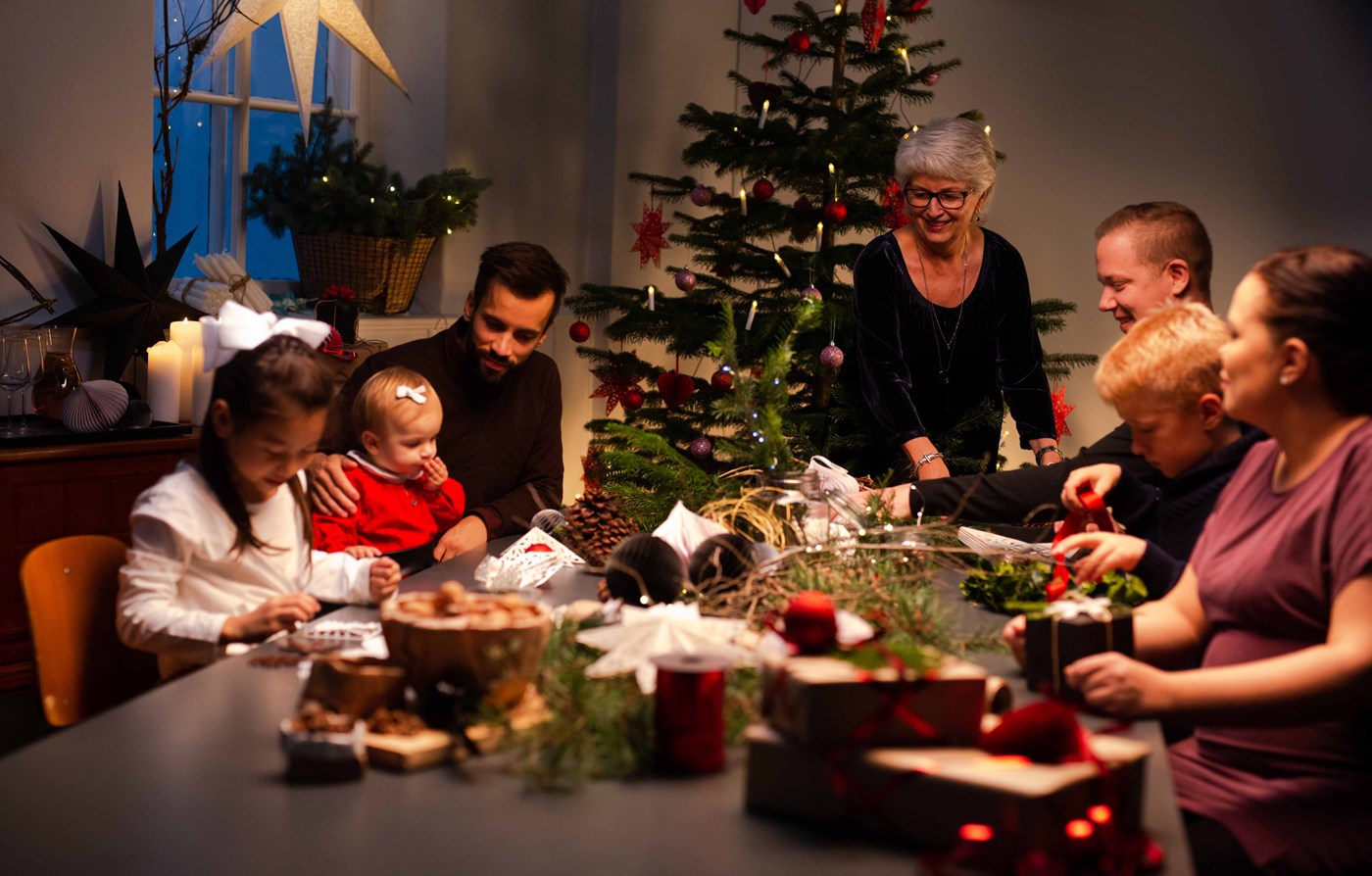
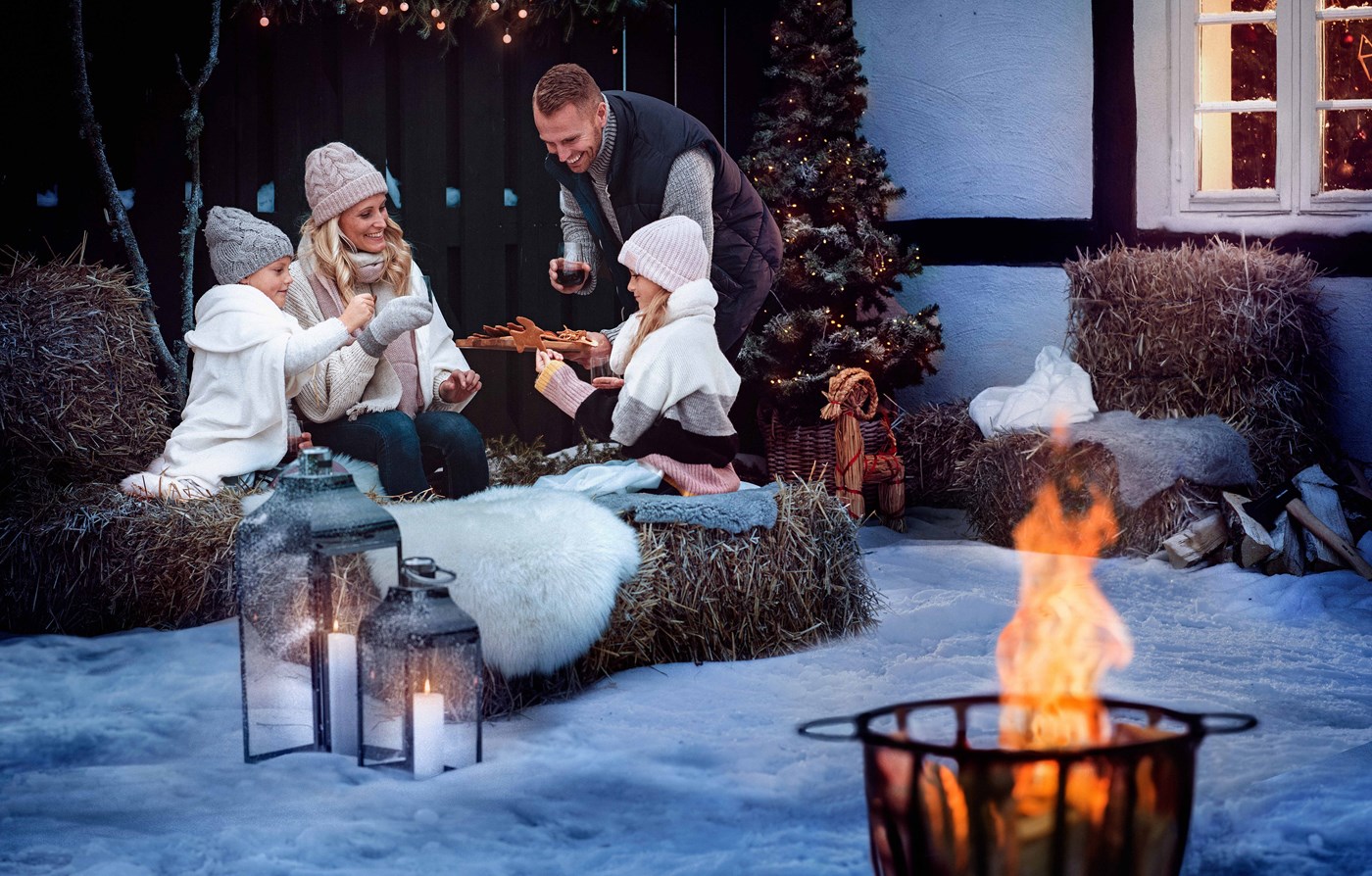
Christmas - similar in many ways
So, whether there is an almond in the risalamande, meatballs and lutefisk on the table and big parties for Romjul the Christmas and its traditions have one thing in common in all our Nordic countries. It is the love and joy in spending precious time with close family and friends. Because after all, that is what Christmas is for.
Happy holidays!



